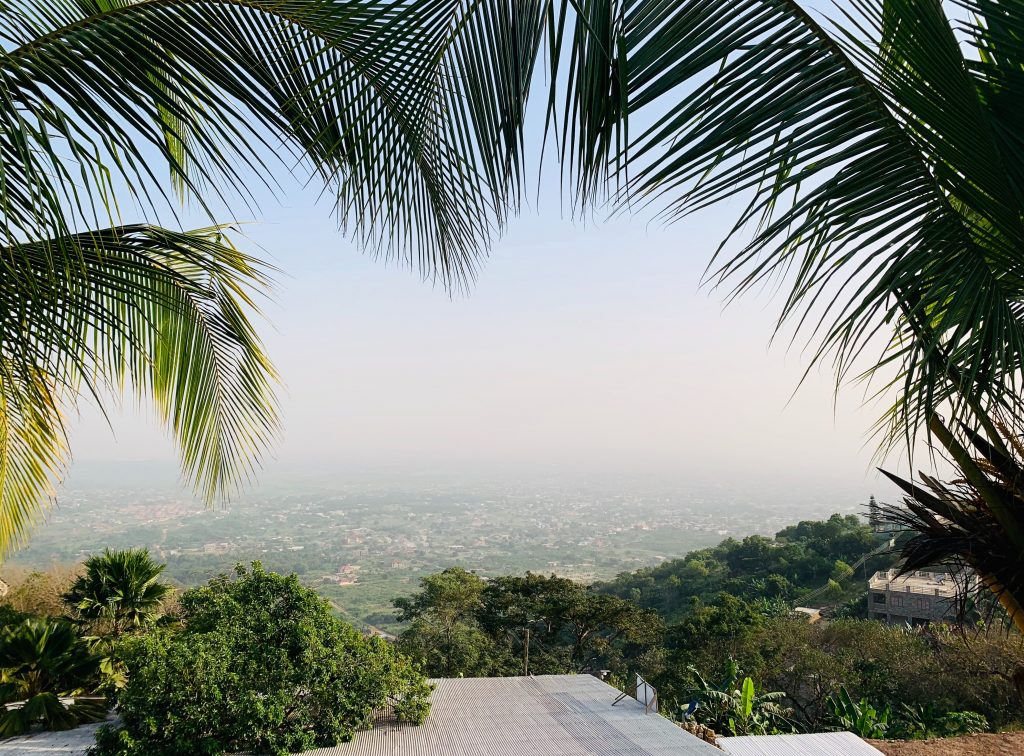Tips for Sustainable Storm Water Management
The City and County of Honolulu recently implemented new storm water management requirements for homeowners hoping to build a new home or remodel an existing structure. As part of the permitting process, property owners will be required to show their plans for managing storm water runoff, and limit the amount of impervious surfaces found on the property. To help future permit applicants develop sustainable and affordable stormwater management plans, we’ve compiled the following list of suggestions. Happy planning, landscaping, and building!

Landscape for both Form and Function
Intentional landscaping can go a long way in preventing storm water damage, and Hawaii’s tropical climate means utilizing low-maintenance native plants is both easy and affordable. Create a rain garden by planting high density plants in the areas rainwater typically gathers and consider adding additional trees as well. Not only will the leaves of both trees and shrubbery help divert rain water, but the root systems will help absorb excess water as well.
Got exposed soil on your property and aren’t ready to landscape? Prevent erosion by adding mulch or gravel to any uncovered ground as well as in your garden beds. Avoid using plastic or other man-made materials as ground cover, as this can increase your chances of rainwater buildup. A home renovation or new build is also a great time to consider swapping out a traditional lawn or turf for a xeriscaped yard consisting of gravel, pavers, and indigenous plants, since the weak root systems in most grass plants does little to absorb or divert excess water.
Design Water Smart
Whether you’re remodeling or building a new home, consider installing additional rainwater gutters and drainage systems to your home, including rain barrels or cisterns to catch and collect rain water. This water can then be recycled and used for watering your gardens and yard. Remember to also direct all your water drainage systems toward porous ground away from the home’s foundation and away from any concrete or asphalt surfaces, as this will simply allow the water to pool and could eventually cause structural damage.
If you’re adding a patio, porch, or lanai space to your property, consider using a porous material that can allow for water absorption. Brick and stone pavers are excellent alternatives to traditional concrete slabs, since the water can drain between each stone.
Prevent Storm Water Pollution
Excess storm water can pollute natural waterways if not managed effectively, since standing water can amass chemical deposits in high concentrations. Those pollutants can then enter natural waterways and cause significant harm. In addition to the steps outlined above, you can help keep our water supply and oceans clean by installing drains or irrigation systems on your property, leveling your property before building a new home, reducing the overall slope of your property with tiered or raised gardens, and by building a gravel-lined trench at the bottom of any large hills.
The new storm water requirements adopted by the City and County of Honolulu help keep our homes and waterways safe while adding an additional step to the permitting process for property owners hoping to build or renovate their homes. Let us help take the stress out of the process by connecting you with architects, contractors, and designers experienced in erosion prevention and storm water management. We’ll help keep your home and future construction projects beautiful and functional every day of the year—no matter what surprises the weather brings.
Phone Number
Contact
Opening Hours
Mon - Sat 8:00 - 5:30,
Sunday - Closed
Location
200 N Vineyard Blvd.
Ste A325 - 5145
Honolulu, HI 96817


